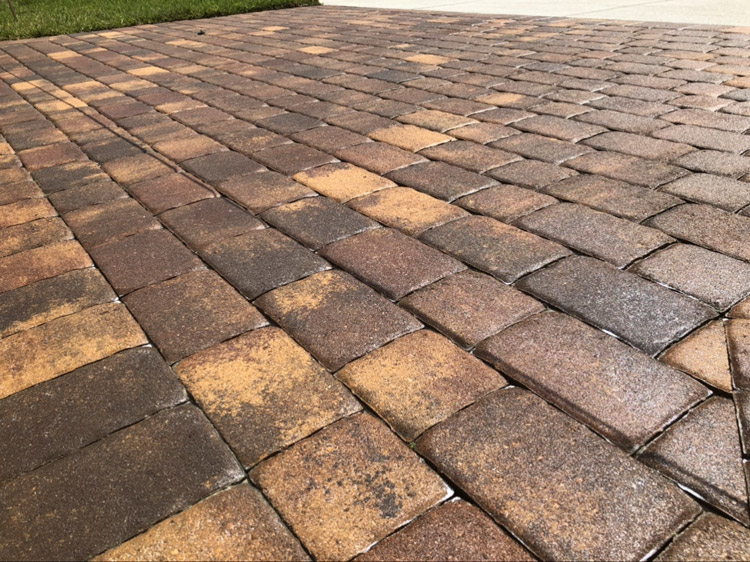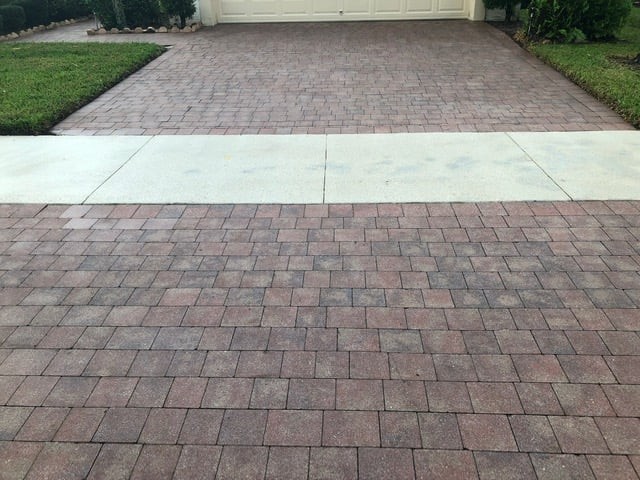After the excitement of installation settles, a crucial question arises: when can you walk on your new pavers? Patience is key here as improper use can disrupt the settling process and compromise the integrity of your investment. After the initial excitement has subsided, the question of When you can walk on the new pavers arises. Patience will be key, as improper usage can disrupt the settling and compromise the integrity of your investment. This guide will provide a roadmap to safe and optimal use. It will also explore the factors that affect walking time.
Understanding the Curing Process
The installation of pavers is a multi-step procedure, and the base material plays a crucial role. The base material needs to be given time to compact before it can settle. This will ensure a solid foundation for the pavers. The pavers will be secured using a joint-sand to fill in the gaps. This prevents them from shifting.
Here is a timeline of curing:
- Base material: Typically, the base material requires 24 to 48 hours for proper compaction. This timeframe may vary depending on the weather and materials used.
- Paver Setup: After settling the base, the pavers need to have time to bind the setting material (usually the sand). This process takes another 24-48 hours.
- Sealing (Optional). Sealing is an optional step that adds a protective coating to your pavers. This will increase their durability and beauty. It is important to let the pavers cure completely before sealing. It usually takes 28 days to cure concrete completely.
Safe Walking Timeframes
Here's a guide to help you decide when it is safe to walk on your pavers.
- Light foot traffic (24-48 hours): After the base material has settled and the pavers have been in place for 24 to 48 hours, you may cautiously walk over the surface. Limit foot traffic to the essentials. Avoid placing heavy objects onto pavers.
- Moderate Traffic (3-7 Days). After 3-7 days the pavers have solidified. You can increase foot traffic gradually, but avoid activities like dragging heavy furniture or running.
- Full Usage (28 Days and More): To use the material in an unrestricted manner, such as placing heavy furniture or objects, you should wait until the cure is complete (normally 28 days). The pavers will be at their strongest and most stable.
Please remember: These are only general guidelines. Consult the recommendations of your paver installer like A Buff and Beyond Pressure Washing as weather conditions and paver materials can affect the curing process.

Factors that Affect Walking Time
There are several factors that can affect the amount of time you need to walk on your pavers safely:
- Paver Materials: Different paver materials, such as concrete or natural stones, have a varying curing time. For specific recommendations, consult your installer or paver manufacturer.
- Temperature: Colder temperatures may slow the curing process. In the opposite case, a hot and dry climate may require additional curing times to prevent cracks.
- Base Materials: The quality and type of base materials can affect the overall stability of a paver installation.
- Sealing: When planning to seal your pavers, you should factor in additional curing times before applying the sealant.
Tips to Cure Pavers Optimally
Here are some helpful tips to make sure your pavers cure correctly:
- Limit Foot Traffic: In the early curing stages, restrict foot traffic only to essentials.
- Protect your pavers: Cover newly installed pavers to protect them from direct sunlight. This is especially important during hot weather.
- Keep moisture: In dry areas, misting the pavers lightly with water can help to prevent cracks.
- Professional installation: Choosing a professional paver install ensures the proper base preparation and installation techniques. This will contribute to a quicker and more reliable curing.
When to Call a Professional?
Do not hesitate to call a paver contractor if you see any signs of cracks, uneven settlement, or shifting in your newly laid pavers. Early intervention will prevent further damage to your pavers and increase their longevity.
Conclusion
It is important to be patient during the curing of your pavers. Following the recommended timelines, and using proper care, you can make sure your pavers achieve their full potential. They will be a beautiful, functional addition to your outdoor area for many years.
Are you ready to get the most out of your new pavers? A Buff and Beyond Pressure Washing offers paver cleaning and maintenance to keep them looking their best.
